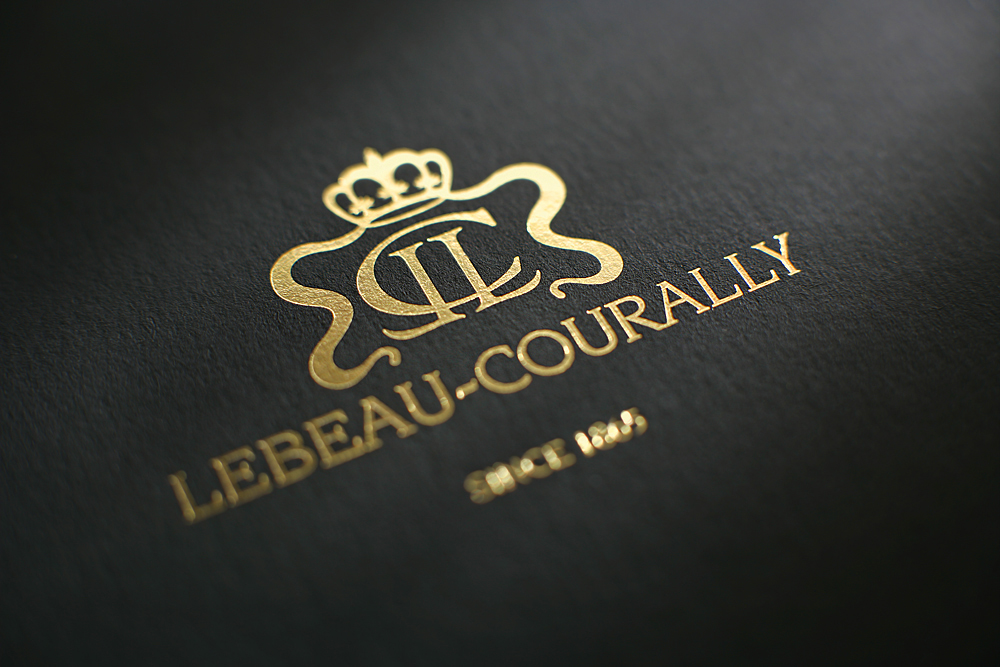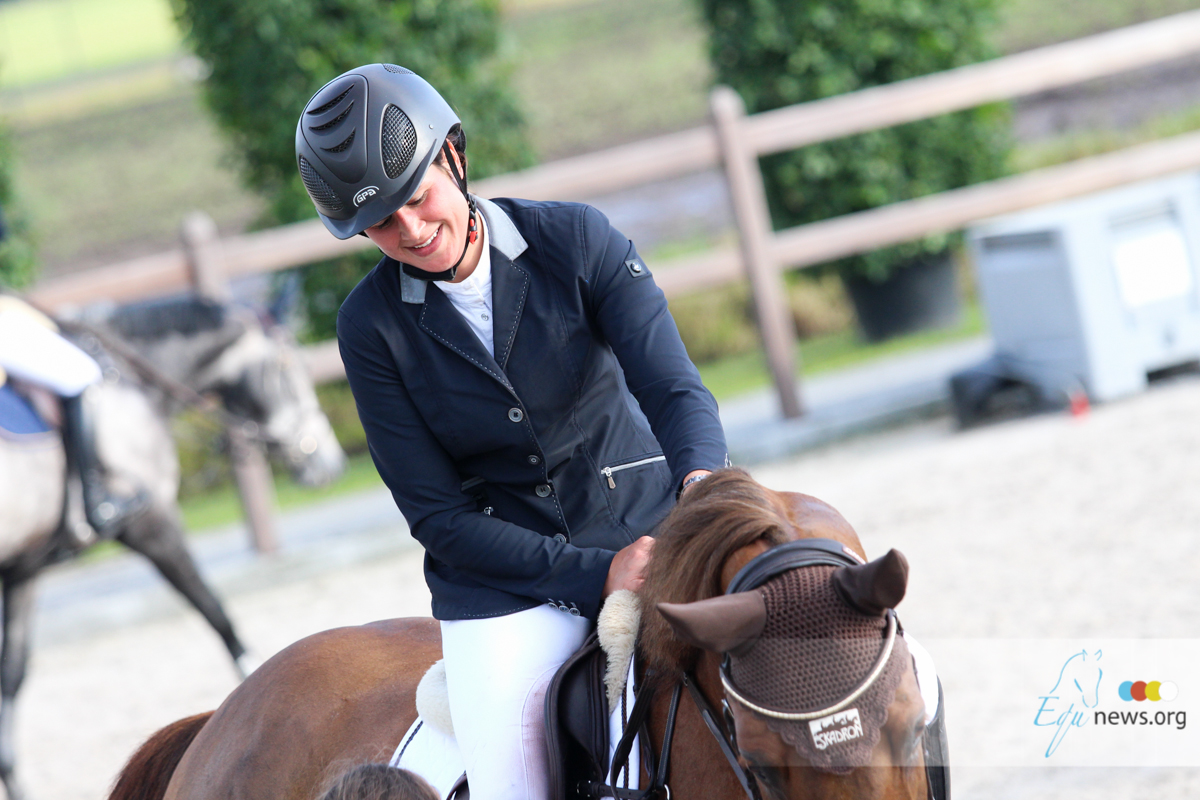To perform a successful jumper round, both you and your horse need to be physically and mentally prepared for the questions asked by the course designer. Your horse’s jumping mechanism—his muscles, tendons and ligaments—needs to be warm and supple to perform its best, but not worked to the point where fatigue might set in while he’s still on course. He needs to be mentally focused and tuned-up, too. Similarly, your body needs to be warm and loose and your brain must be fully engaged in the task at hand. Both of you should enter the ring feeling prepared and confident. In this article, we’ll share our basic system for warming up a horse for the jumper ring. We’ll cover our flatwork strategy and then move on to jumping, starting with a big crossrail, then advancing to a vertical and finishing with an oxer. We’ll also discuss how we adjust our plan depending on the horse’s strengths and weaknesses and the questions a particular course is asking. It’s very important to tailor your warm-up to each situation and to your horse’s (and your) individual needs. Our goal with this story is to give you ideas to create or fine-tune your own plan to prepare for the jumper ring and have a successful ride. As you devise your warm-up plan, keep in mind that less is more when it comes to the number of jumps you do. Worldwide polls of trainers suggest horses begin to lose their best shape in the air after about 36 jumping efforts. So, if your horse will be jumping 15 fences on course, and hopefully another 6 to 8 in the jumpoff, that leaves you with only about 13 to 15 warm-up jumps (including the jumpoff warm-up). Similarly, the extremely powerful, collected canter we try to create in the approach to each jump can be very taxing on a horse’s muscles. Rather than asking your horse to stay in that canter for much of your warm-up, aim to produce it only for the last few strides of each approach. Most importantly, remember that warm-up is not the time to train. Address whatever skills you need to work on or problems that need solving at home. And only use exercises in the warm-up that your horse has already seen at home, so there are no surprises for him. Mental Preparation We’re strong proponents of visualization. Ride the course in your mind until you know exactly what you’re going to do at every point—where you’ll balance your horse, where you can take a breather and regroup, etc. If you’re worried about a fence, blow out your breath as you get to that jump in your mind, imagine having a really positive ride there, then move on to the rest of the course. Depending on where you are in the order of go, you can do this visualization somewhere quiet in the barn or while walking your horse around the warm-up ring. Also plan a time to recite the course to someone—a trainer, parent, spouse or friend. Name each jump in terms that conjure up the best image for you (for example, “the blue planks” or the “yellow triple bar”). Repeat this until you can recite the entire course without any prompting. The goal is to enter the ring so mentally prepared that you almost feel as if you’ve already ridden the course! Be aware of the role that nerves can play on your mental state, too. Nerves are probably responsible for 90 percent of riders going off course. If you feel nervous before the class, ask yourself, ‘What am I nervous about? What do I need to do to stop feeling nervous?’ Then do that! For example, if a certain turn is worrying you, find a way to simulate that in the warm-up. Watching other riders jump the course can be both constructive and destructive. It helps to see if the course rides the way you expected it to, but watching too many rides can be confusing and even upsetting. Instead, try to single out just a few horses who look like they’ll go similar to yours. Otherwise, have faith in your plan. Timing your warm-up is very important, too. All riders have their own personal preference for how early they want to be mounted and how much time they want to spend on flatwork and jumps. If you know you need extra time by yourself to get into “the zone,” work that into your plan. Next time- Steve and Jenni McAllister talk about the Flatwork.



